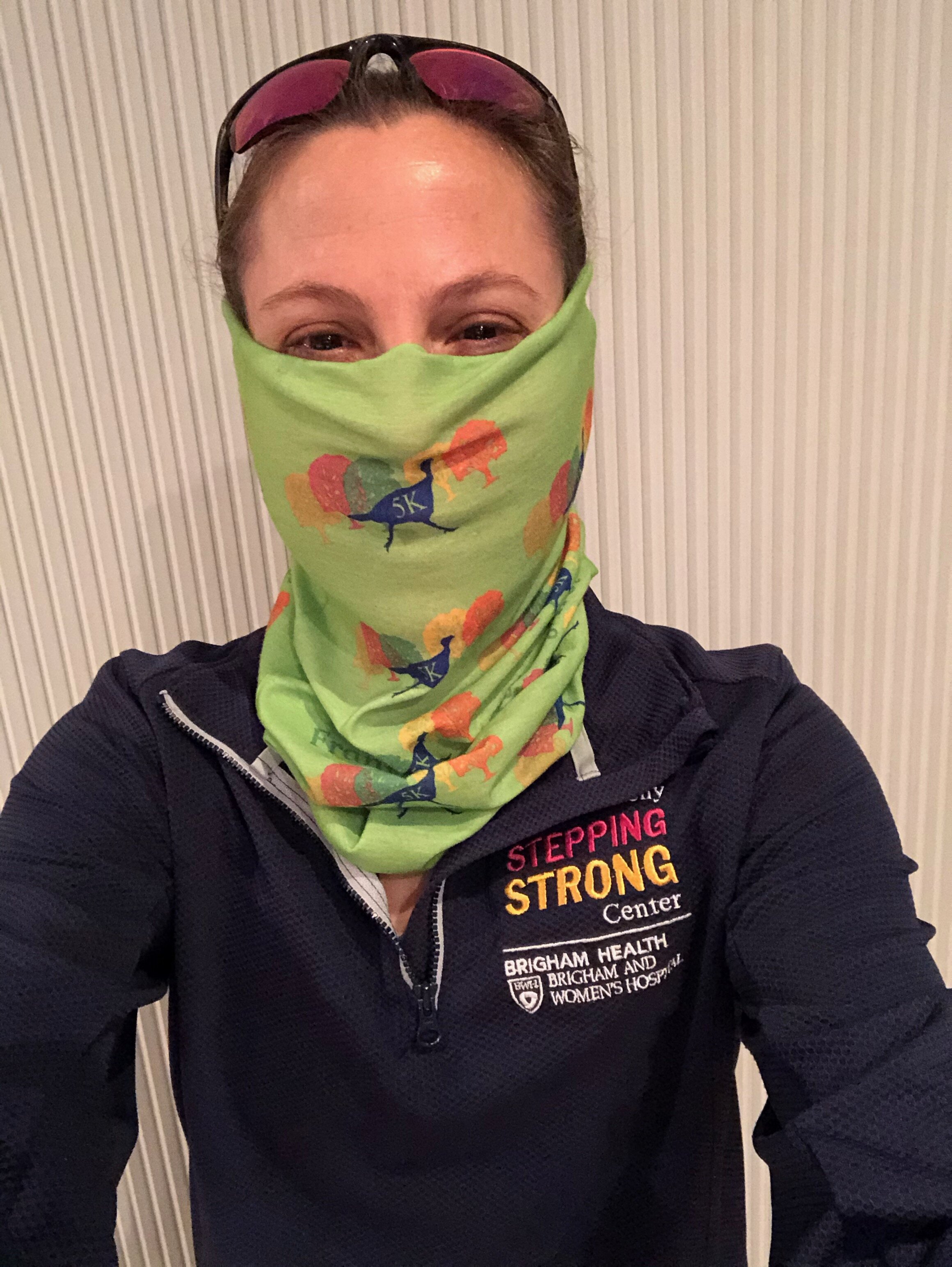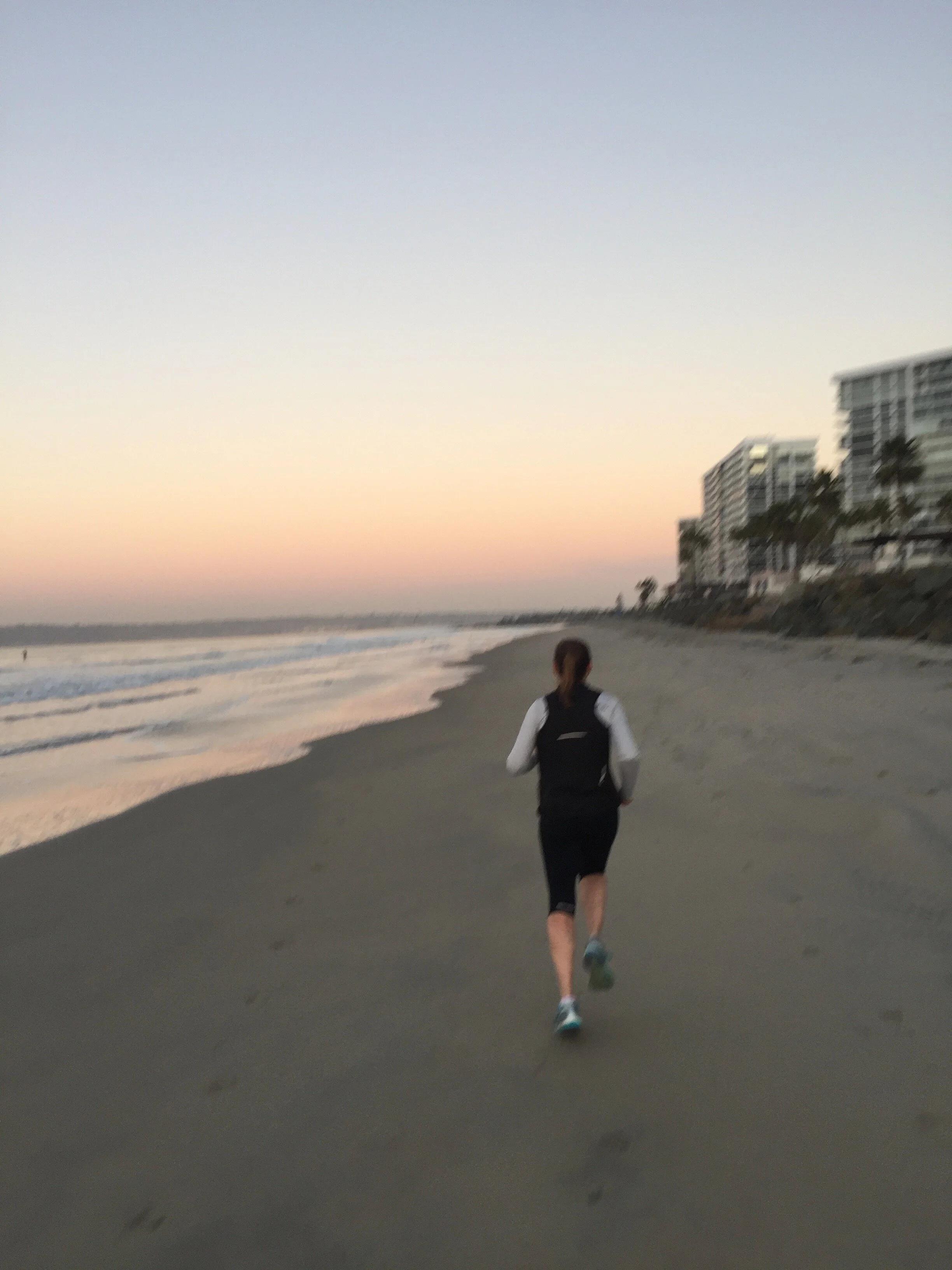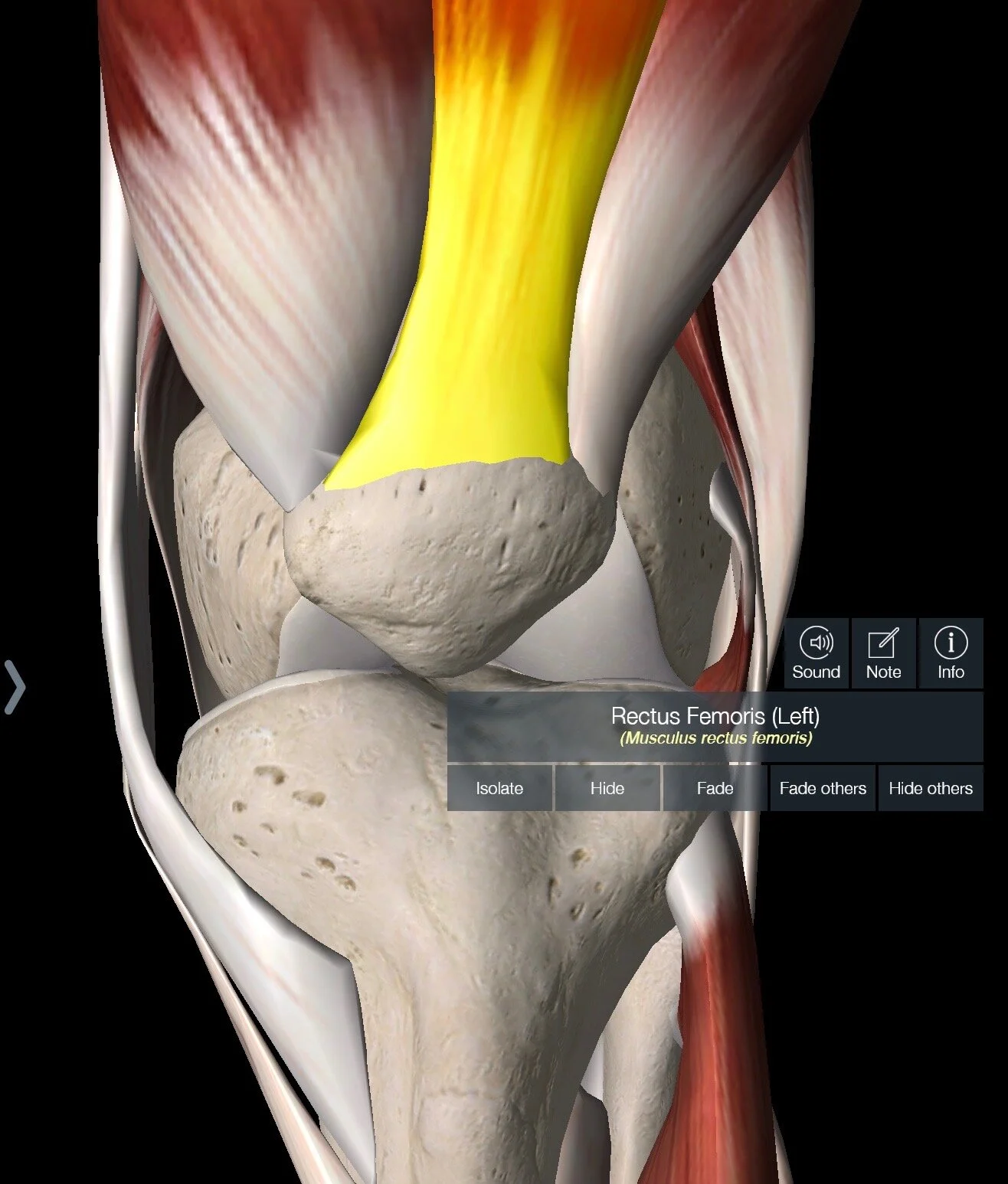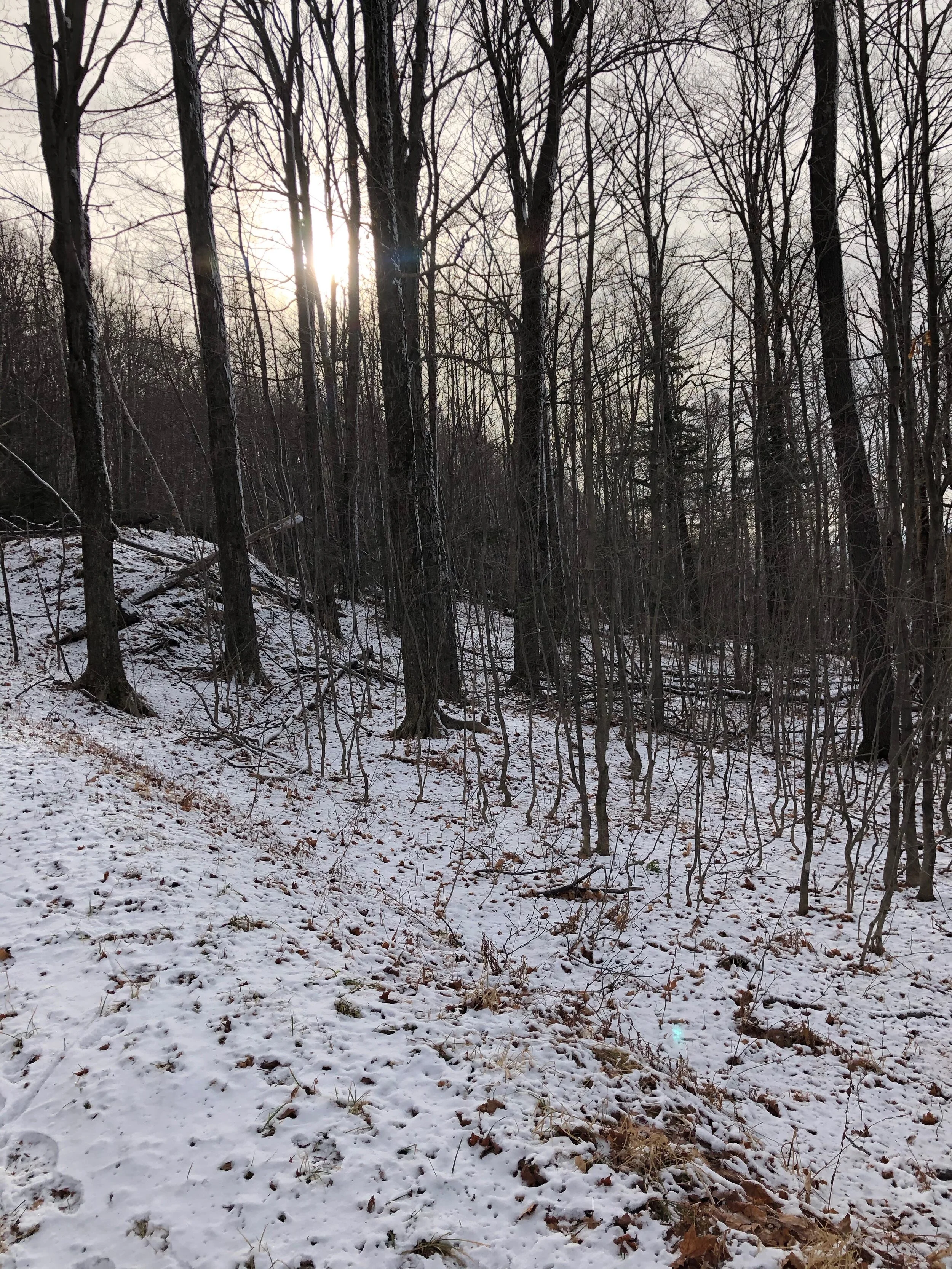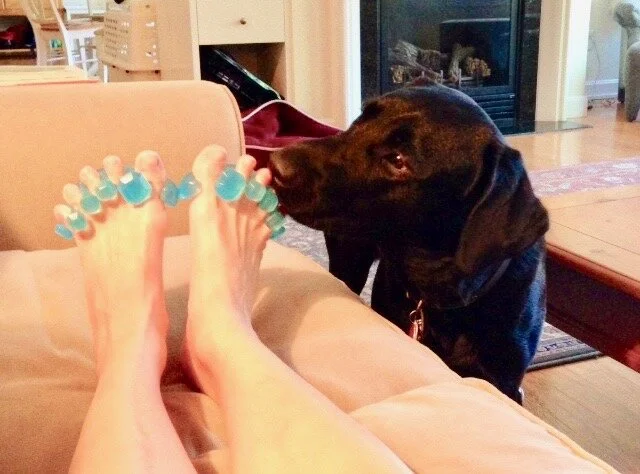How fast can you run a mile? Ever want to train to try to find out? Read this four-part series on how I trained for and ran a brave mile.
Read MoreSometimes we want to push ourselves, but the intensity of racing on the roads just isn't doing it for us. Trail racing is a great alternative, as I recently discovered. Are you a roady who dabbles in trails? Read this latest post for some tips!
Read MoreDr. Rebecca Breslow comments on the Active Living platform of new Surgeon General Dr. Vivek Murthy.
Read MoreOn the eve of the Boston marathon, Dr. Rebecca describes some exciting developments for running in our city.
Read MoreDr. Rebecca Breslow describes some of her favorite running routes in the Boston area in honor of those traveling here this week for Marathon Monday.
Read MoreDeadlifting may well be one of the single best exercises for runners, and if you don’t, you should! Most runners could benefit from strengthening their posterior chain – the muscles in the back of us like our glutes and hamstrings. These help propel us forward, and are necessary for good speed and stability while running. The deadlift can also help with core strength and stability. Mastering it can give you a key tool to use in your strength-training repertoire, so here are some tips to help you succeed.
Read MoreAs an athlete approaching the age of 40, I frequently have to pull out all the stops to keep myself feeling limber and prepared for my training. It seems awareness of the importance of self-care is growing, as illustrated by the increasing number of articles I’m seeing in publications like Runner’s World, Running Times, and Competitor on the subject. The concept of “pre-hab” seems to be all the rage, and I hope to get into this in more detail in future posts as it is a topic of great interest to me. As a start, though, I’ll tell you about some toys I’ve collected over the years to help me in my pursuit of approximating that 18-year-old body that probably could have handled the training I want to do a whole lot better than this 39-year-old one can.
Read MoreWith some basic proficiency in self-massage techniques you can help yourself out by preempting overuse injuries, or by working them out as they are starting to occur. In my view, self-massage should be a regular part of a runner’s daily routine. Prior to a run, it can be used to even out asymmetric muscular tensions that occur because of all the non-running things we do in our lives: sitting at a desk, commuting in the car, carrying squirming toddlers around, etc. These imbalances affect our running gait, which can cause strain over thousands of steps. After a run, it’s a great way to make sure everything feels healthy, and to help things recover if they don’t.
Read MoreA few weeks ago it was February vacation week here in the Northeast, which for my family meant our third annual trip to the Canyons Ski Resort in Park City, Utah. I did some running while we were there and marveled as I always do at how challenging even a 30-minute easy run seemed at 6,800 feet elevation. On our second day there, returning from a run winded, sweaty and beat, I was teased by the bellmen hanging out in front of our hotel. “Tough run?” one asked me. When I agreed, he reassured me, “Don’t worry, you’ll be able to go home and run marathons after a few days up here!”
But was that really true? Was I really getting any training benefit from the six days we spent in Park City, a mile and a quarter up in the sky?
Read MoreI once saw a post on Facebook that said something like, “The first 3 miles of my run were the best….said no one, ever.” How many times have you spent those early miles waiting for a tight muscle to ease up or gritting it out until you finally hit your groove and stop feeling so flat?
We’ve discussed warm-ups here before: last spring, our esteemed leader, Salty, wrote an informative post about the race day warm-up with some excellent tips for the race or hard work-out situation. Going a step further, I think a warm-up can be helpful if included before any run you do. A good warm-up can get rid of the kinks while pumping up your heart-rate so when you set off on your run you’re feeling loose, light on your feet and ready to go, right from the beginning.
Read More